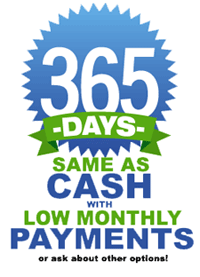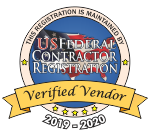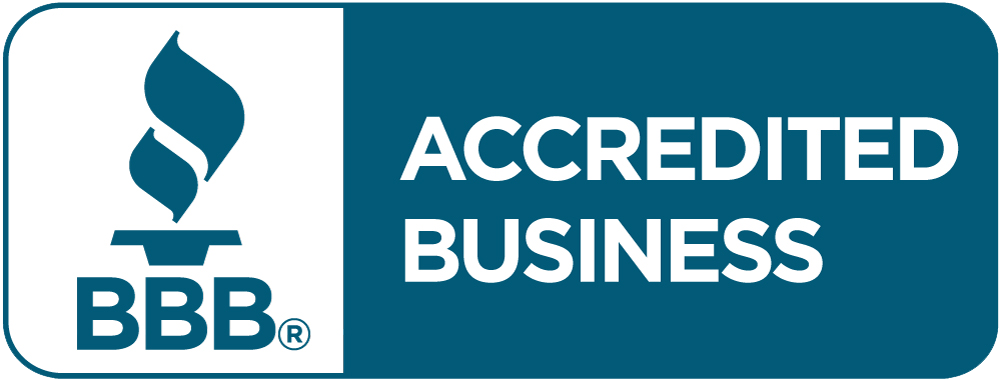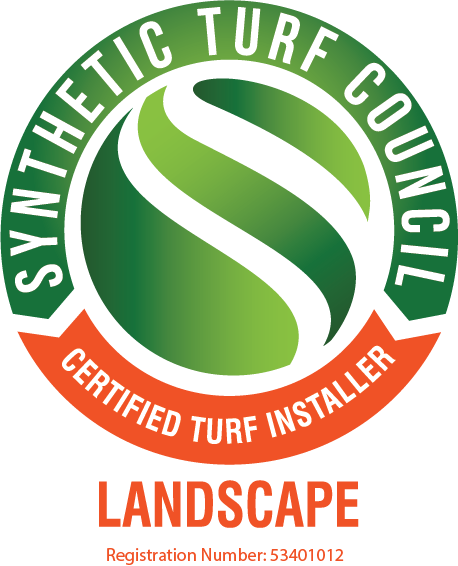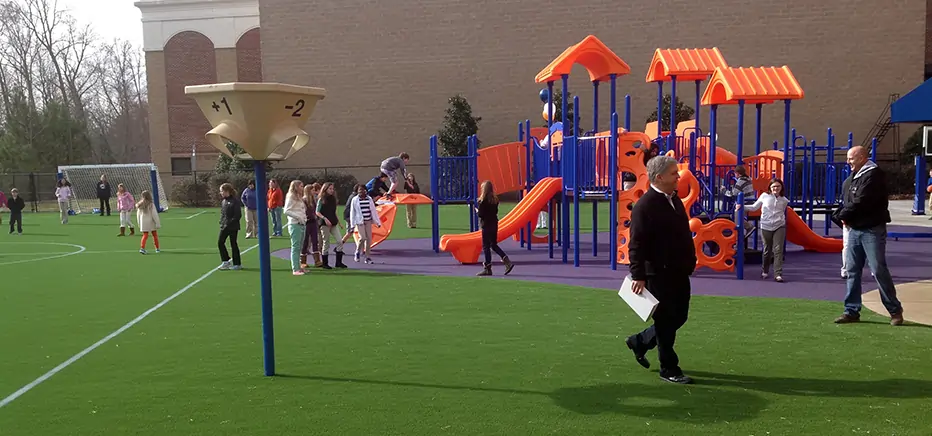
When it comes to playground safety, teachers and parents know the challenges an afternoon of fun can present. Monkey bars and tree branches provide fall hazards, seasonal rainfall could create mud or standing water to avoid, and allergies turn into a nightmare when weeds take root. The great outdoors quickly becomes a danger when children are left to their own devices. While kids will be kids, there are a few questions you can ask to create a safe outdoor play space for children to enjoy both at home and at school.
Are they supervised?
This point should be obvious, but children need supervision during playtime. Children of preschool age generally need a more hands-on approach than older first or second graders, but it is equally important to make sure an adult is nearby in the event of a scraped knee or legitimate emergency.
Is the ground padded?
Dirt, grass and gravel are all natural surfaces, but are extremely hard to fall on if your child tumbles off the slide. Also keep in mind rubber surfaces do not handle temperature changes well; they are hot in the summer and brittle in the winter. Instead, wood chips or padded playground turf offer soft, shock-absorbing surfaces.
Is equipment in working order?
Before allowing your child on any playground equipment, do a quick once-over to check for splintered wood or pieces of chain link on moving parts that could pinch little fingers. All S-hooks should be closed to form a figure-8.
Make sure all playground equipment is the right size for your child as well; playgrounds for younger age groups should have smaller steps, lower platforms and shorter slides. Climbing equipment on sloped platforms should generally not be used for children under the age of four.
Is it safe?
If possible, check the brands of equipment on the playground to make sure the play set does not have a manufacturer’s recall. Sources state that close to 80 percent of injuries sustained on the playground are due to falls. There are a few things parents and teachers can do to reduce that number: all playgrounds should have guardrails on platforms 30” or higher. Additionally, the ground surface should be shock-absorbent. Quality products, such as SYNLawn’s playground turf, are IPEMA certified and have CSA-approved fall attenuation. This certification adds to the value of these playground products and the safety of your child’s play experience.
Are there rules?
Make specific rules for the playground and enforce them. Pushing and shoving are not allowed. Everyone has to take turns. Sharing is rewarded with a hug or a piece of candy. Above all: make sure children know they must keep you in sight at all times. Make sure your child knows the same rules that apply at home apply at school, too. Manners never go out of style!
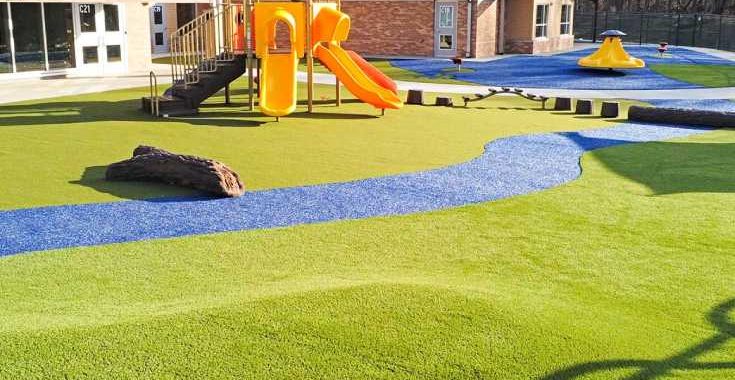
School is back in session, but that doesn’t mean your children can’t remain safe both at home and on the playground at recess. Make a safety checklist and inspect your child’s play areas to ensure all quality and safety expectations have been met. Arm your child with safety rules and trust them to make good decisions when they are away from home and it is not possible for you to supervise playtime personally. With these safety tips, your children can enjoy quality time outdoors no matter where they are!


